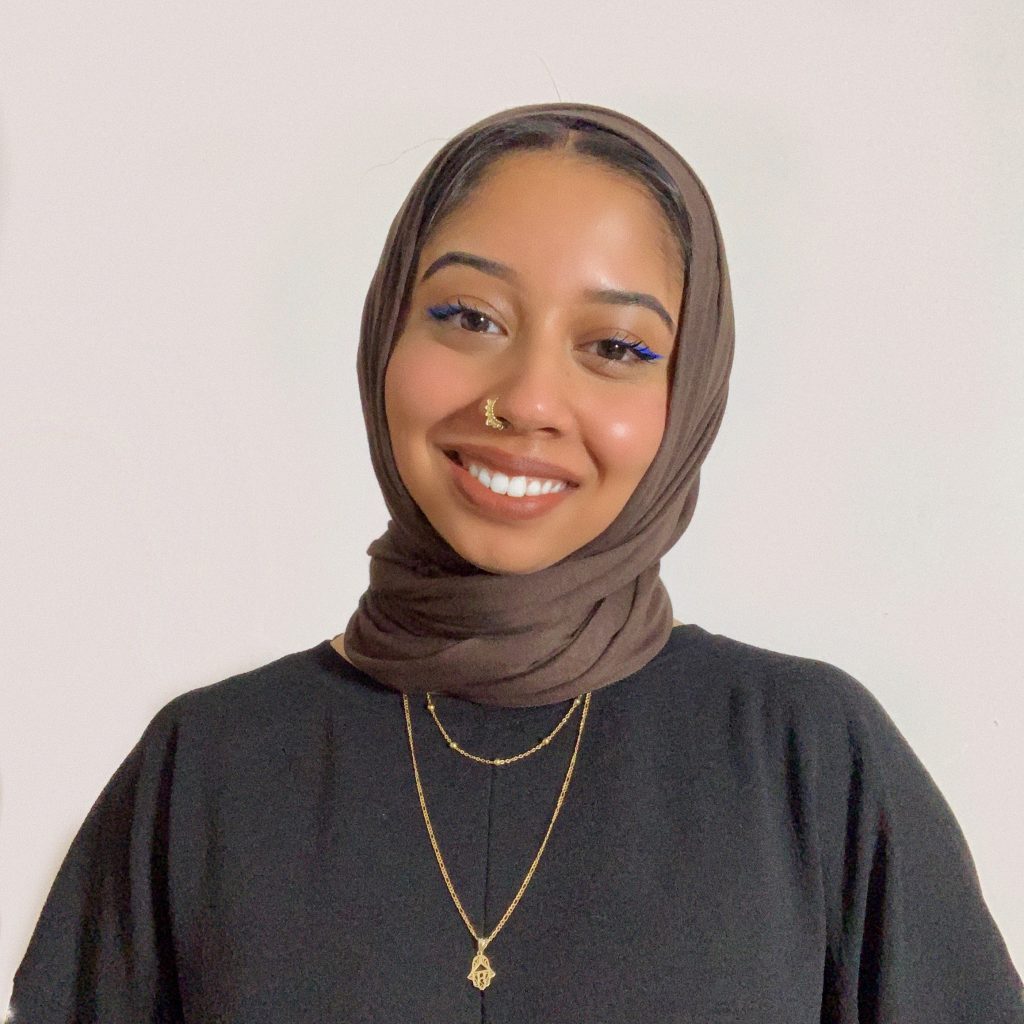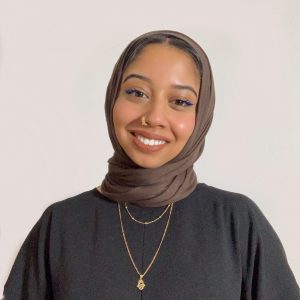By Sumaiya Zama
The summer of 2019 saw the rapid rise of TikTok engagement around the world, particularly within the young Muslim digital space.
Young hijabi content creators that posted their short videos were met with thousands of retweets on Muslim Twitter. Even the cringey “Imams at Jummah Khutbah” skits had a solid three months of spotlight on pretty much every platform.
TikTok content was no longer reserved for the TikTok app; it slowly seeped into every platform young Muslims found themselves on, including Facebook meme pages.
One day, people may write PhD dissertations on just how important the digital space is for young Muslims. Often impacted by multiple modes of systemic and interpersonal racism, Islamophobia, surveillance, and censorship, the digital space is a place for young Muslims to build something that offers a hope of escaping all of that: a space for community, solidarity, and self-empowerment.
While the majority of this content itself engages in humor, much of the underlying message is typically something serious. This could look like a young girl pretending to do a mascara tutorial but midway, switching the topic to the plight of Muslims in India, or a skit about the absurdity of the Muslim Ban. Its purpose is to say for a moment, “This is how I feel. Who else feels this way?”
While the digital space has created a platform for young Muslim activism and community, it is certainly not without a variety of dangers. TikTok has repeatedly been cited for serious concerns around the digital surveillance of the young people that post content.
The app is also struggling to protect minors from an influx of sexual predators. It’s also impossible to ignore the anti-Black content generated by many non-Black creators and how disproportionately penalized young Black content creators are on the platform. None of these concerns are invalid and all of them should be taken extremely seriously.
How are we opening up space for creative expression while keeping our young people safe? While parents and young people play a tug-o-war with the idea of creating socials vs. deleting them, I think the answer lies somewhere in the middle.
Parents should understand that joy, coping, and friendship, all valuable things, can be gained from young Muslims posting content. Young Muslims need understand that there are very legitimate concerns about having a public social media presence, regardless of the platform.
Young Muslims are engaging with the app regardless of concerns expressed by adults, unfounded or not. The world has irreversibly shifted its weight to the digital space, and there is no way we can (or should) completely prohibit young Muslim engagement. And the truth is, the presence of predators, surveillance technology, digital racism, etc. are not the faults of our young people.
Choosing not to have thoughtful (two-way) conversations about these dangers shifts the blame for these problems onto the youth when they are actually the victims of these issues.
Having conversations with young people around digital safety while also affirming the value of content creation is the most effective way to strike a balance.
Sumaiya Zama serves as the Director of Community Advocacy and Education at the Massachusetts chapter of the Council on American-Islamic Relations (CAIR-Massachusetts). Contact her at [email protected].




